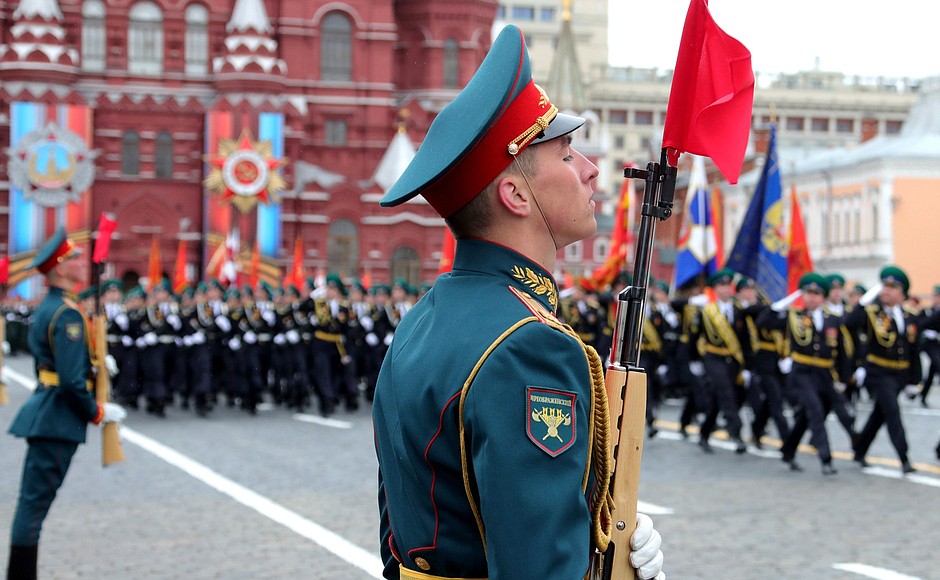This post is also available in:
 עברית (Hebrew)
עברית (Hebrew)
Russia has been showcasing its unmanned combat capabilities. The Russian defense ministry unveiled two unmanned combat aerial vehicles (UCAVs) during a military parade in Moscow. A couple of each type were shown on their truck-transporters. The same trucks also carried transport-and-launch canisters for Ataka anti-tank missiles, signifying that they can be carried by the two UCAVs. “All weapon systems demonstrated are in service with the Russian armed forces or undergoing operational trials. Most have passed combat trials in Syria,” the defense ministry said in a statement.
The Corsair, developed by OKB Luch, features a twin-boom design with V-tail empennage and a single 50- to 70-hp piston engine driving a twin-blade pushing propeller. With a gross weight of 200 kg (441 pounds), the UCAV can accelerate to 120-150 km/h (65 – 81 knots) and attain an altitude of 5-6 km (16,000 to 20,000 feet), and loiter there for 10 hours.
According to ainonline.com, the Corsair is intended for round-the-clock air reconnaissance in search of land and sea targets, delivering kinetic strikes and carrying payloads to assigned destinations. It can relay real-time relay targeting information for precision strikes. Mission equipment sets allow for data exchange between air drones in a group.
In the future, this system may come with improved air vehicles whose operational range would be increased to 250 km (135 nm). They will carry mission equipment with enhanced functionality in air reconnaissance and electronic warfare and reconnaissance.
The other UCAV unveiled during the parade was the Katran unmanned helicopter intended for the support of special forces, as well as reconnaissance and battlefield surveillance using TV cameras and thermal imagers. Its fuselage is 6 meters (approximately 20 feet) long and one meter (3.3 feet) wide. The UCAV has a gross weight of 490 kg (992 pounds); lifts a 120-kg (265-pound) payload; gains top speed of 130 km/h (70 kt); and an altitude of 2,000 meters (6,600 ft).
The Katran can also make kinetic strikes using unguided and guided munitions, according to the Russian MoD. It is primarily intended for naval applications. First flight occurred in January 2018 at Russian Helicopter’s KUMAPE factory, which leads the project.
The Katran is twice as big as the Ka-37, using the more powerful Rotax 912 in place of older piston engines to boost performance. In service, the new type would supplement the Schiebel Camcopter S-100 which has been license-built in Russia as the Horizon G-Air S-100.


























